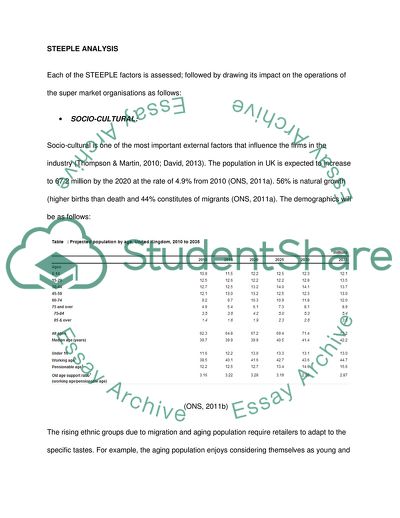Cite this document
(STEEPLE analysis for the UK Supermarket Sector Essay, n.d.)
STEEPLE analysis for the UK Supermarket Sector Essay. https://studentshare.org/macro-microeconomics/1807138-steeple-analysis-for-the-uk-supermarket-sector
STEEPLE analysis for the UK Supermarket Sector Essay. https://studentshare.org/macro-microeconomics/1807138-steeple-analysis-for-the-uk-supermarket-sector
(STEEPLE Analysis for the UK Supermarket Sector Essay)
STEEPLE Analysis for the UK Supermarket Sector Essay. https://studentshare.org/macro-microeconomics/1807138-steeple-analysis-for-the-uk-supermarket-sector.
STEEPLE Analysis for the UK Supermarket Sector Essay. https://studentshare.org/macro-microeconomics/1807138-steeple-analysis-for-the-uk-supermarket-sector.
“STEEPLE Analysis for the UK Supermarket Sector Essay”. https://studentshare.org/macro-microeconomics/1807138-steeple-analysis-for-the-uk-supermarket-sector.


